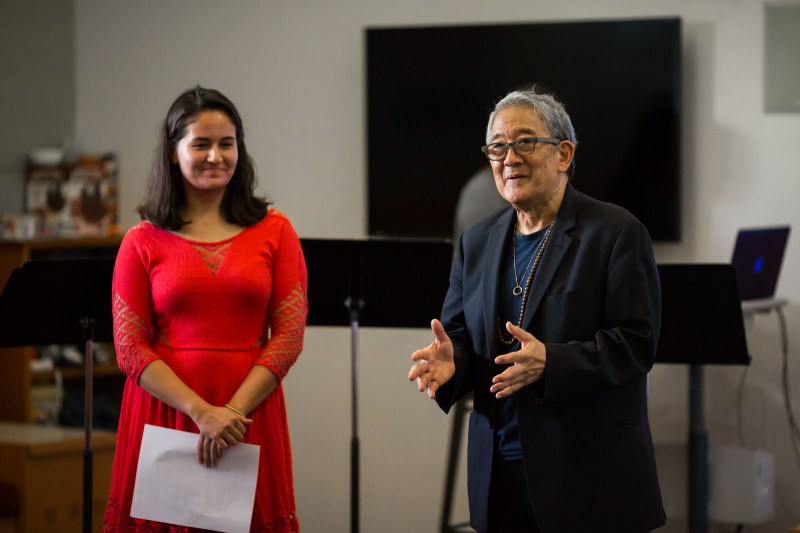The first thing out of the award-winning playwright Philip Kan Gotanda’s mouth in the post-performance Q&A session was this: “Well, it’s hard to shorten a play while still preserving the narrative.”
Plot preservation was about all that the Stanford Asian American Theater Project (AATP) achieved in producing a staged reading of Gotanda’s newest play, “I Dream of Chang and Eng” last Friday in the Okada Lounge of Wilbur Hall.
The reading was prefaced by a brief introduction that unsuccessfully tried to warn the audience of the incredibly rapid pace of the reading, mentioning that the subjects of orientalism, isolation, sexuality, slavery and racism would all be covered in a 35-minute condensed version of the play. Done in a quarter of the time of the original production, the reading came off as a thematic checklist rather than an evening of theater. While the audience’s expectations of perfection should be decidedly lower for a staged reading, AATP’s choice decision to cut the play so severely was questionable.
Once underway, the reading told the story of the original, conjoined “Siamese twins” who toured the world with freak shows and then settled in the American South, fathering 21 children between them both. Originally performed at UC Berkeley in 2011, the play was produced with 19 actors playing 30 characters and making 130 costume changes. At Stanford, “I Dream of Chang and Eng” was read by seven actors, each playing two or three roles.
ATTP attempted to help orient the audience throughout the reading in various ways, but it was ultimately unhelpful. PowerPoint slides were projected behind the actors providing the dates and locations of each scene, and a narrator shouted out the character’s title before they delivered their lines. However, the reading quickly became a comprehension exercise that had nothing to do with theater.
The most unfortunate aspect of the plot-driven reading was that a number of genuine and lively performances were ignored. By the time the audience had read the PowerPoint and made sense of where the scene was taking place, the actors were already halfway through the scene and moving onto the next. However, when they had the audience’s full attention, Preston Lim ‘17 and Sam Sagan ’18 convincingly portrayed the conjoined Siamese twins while simultaneously developing their own respective and distinct characters. Mirae Lee ’17 also gave an exhilaratingly expressive performance as the twins’ first romantic love — gracefully handling the sexual nature of the scene that could easily have been cringe-worthy if played by a lesser actor.
Although the reading was ridden with logistical flaws, the production was not without good ideas. The choice of race and gender-blind casting was thought-provoking and would have made even more of an impact if it had been a full-length performance. The narration was also well integrated and helped to navigate the chaos of the conjoined twins’ constant travel around the world. It is clear that AATP could have produced a compelling production if they had not butchered the original text so completely. For playwright Philip Kan Gotanda’s sake, we can only hope that AATP will return to “I Dream of Chang and Eng” and produce the play in the future — giving the audience a wholesome representation of Gotanda’s craft.
Contact Olivia Witting at owitting ‘at’ stanford.edu.
